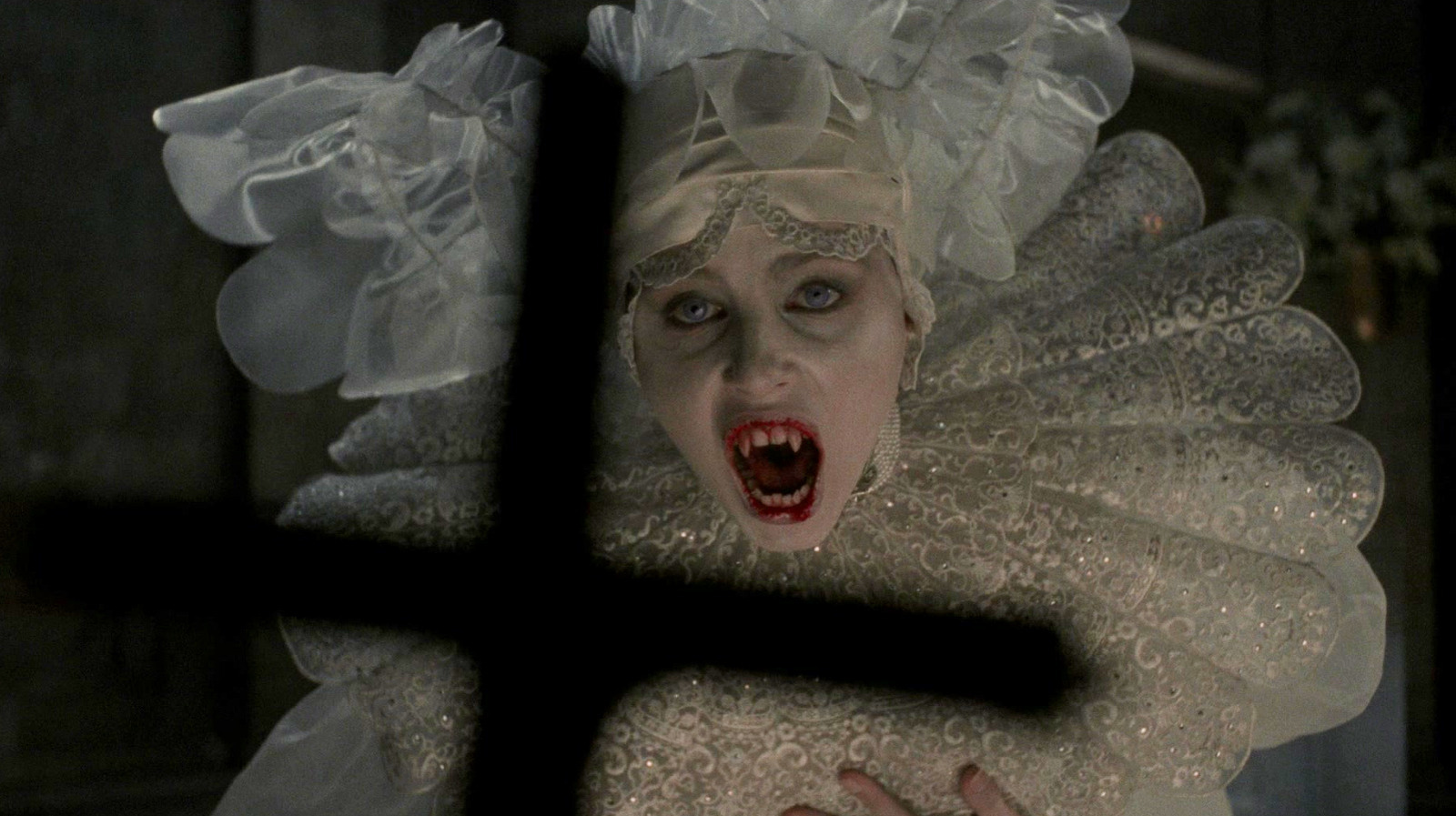
Spoilers to be followed by “Carmilla” by Le Fanu.
Le Fanu’s “Carmilla” from 1872 is a genre prototype on many fronts. It is one of the first works of vampire fiction. and features the first lesbian vampire ever. The novel’s protagonist, Laura, is a young woman who resides in a castle in Styria (now Austria), and her complex and growing relationship with Carmilla, who seems too sweet and human, forms the crux of the attraction and horror. of Le Fanu’s defining work.
The seeds of terror are planted years before the central events of the story occur. Laura describes a visit from a beautiful woman who pierced her chest when she was only six years old but left no wounds. The way Le Fanu frames this haunting childhood memory is especially chilling: Laura watches the woman squirm and hide under the bed once she screams in fear at her nurses. Although the nurses find no one in that small space, the floor feels warm to the touch, as if someone had, in fact, lain there seconds before.
How does Le Fanu portray Carmilla, the vampiric seductress who wants to claim Laura’s body and soul? At first, Laura sees Carmilla as a like-minded, high-status young woman would, but admits that she is more beautiful, mysterious, and unpredictable than anyone she has ever met. At times, Carmilla is serious and calms Laura’s loneliness, emerging as a stable companion who can be trusted. However, these periods of calm are often punctuated by attacks of obsession, in which Carmilla openly confesses her attraction to and need to consume Laura. “Dear, dear, I live in you; and you would die for me, I love you so,” Carmilla states in a trance, the implications explicit and overtly strange. Although Laura uses terms such as “disgust” and “repulsion” when confronted with these advances, her relationship with Carmilla is undoubtedly tinged with an unspoken temptation, which she continually rejects for fear of “transgressing.”
These sapphic undertones mix with the horror of being possessed or defiled, as Carmilla continually feeds on an unconscious Laura every night. Furthermore, their customs are perceived as “strange.” He never wakes up before noon, does not participate in domestic prayers, and his mood swings to inexplicable extremes. So what is Carmilla and what does she want?





